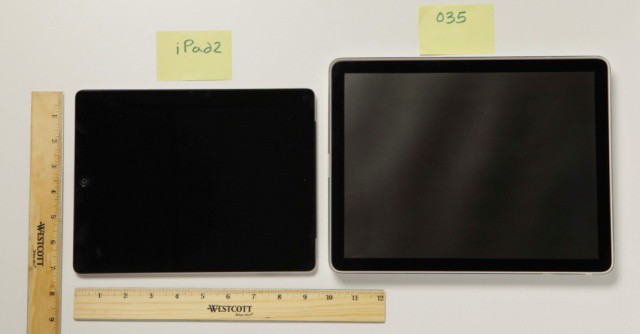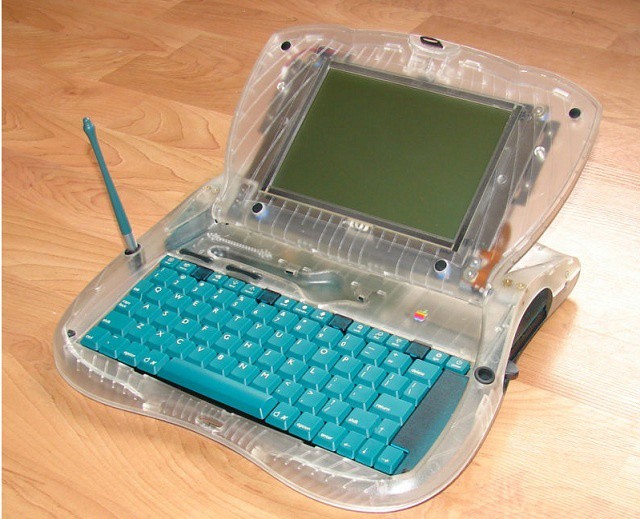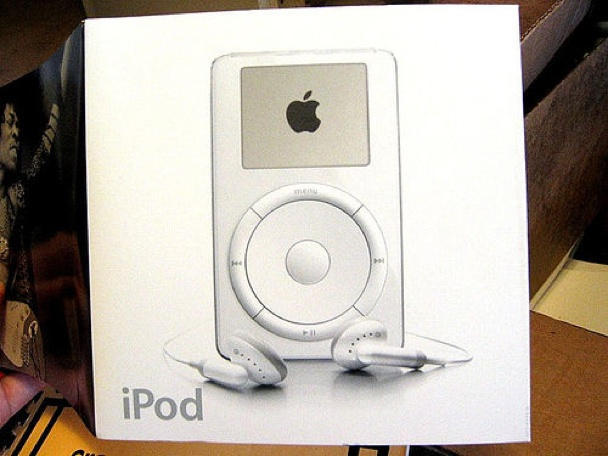 December 5, 2002: Cupertino says it served its millionth unique customer in the Apple Store online, marking a significant milestone for the company. It is a benchmark worth celebrating for Apple, which launched its online store just five years earlier.
December 5, 2002: Cupertino says it served its millionth unique customer in the Apple Store online, marking a significant milestone for the company. It is a benchmark worth celebrating for Apple, which launched its online store just five years earlier.
“Reaching our 1 millionth customer is a major milestone, and is proof positive that our online shopping experience is second to none,” Tim Cook, Apple’s executive vice president of worldwide sales and operations at the time, said in a statement. “The Apple Store is a popular way for a growing number of consumers and businesses to buy Apple products, and with extensive build-to-order capabilities, easy 1-Click shopping and free shipping on orders, it’s never been easier to buy a Mac online.”
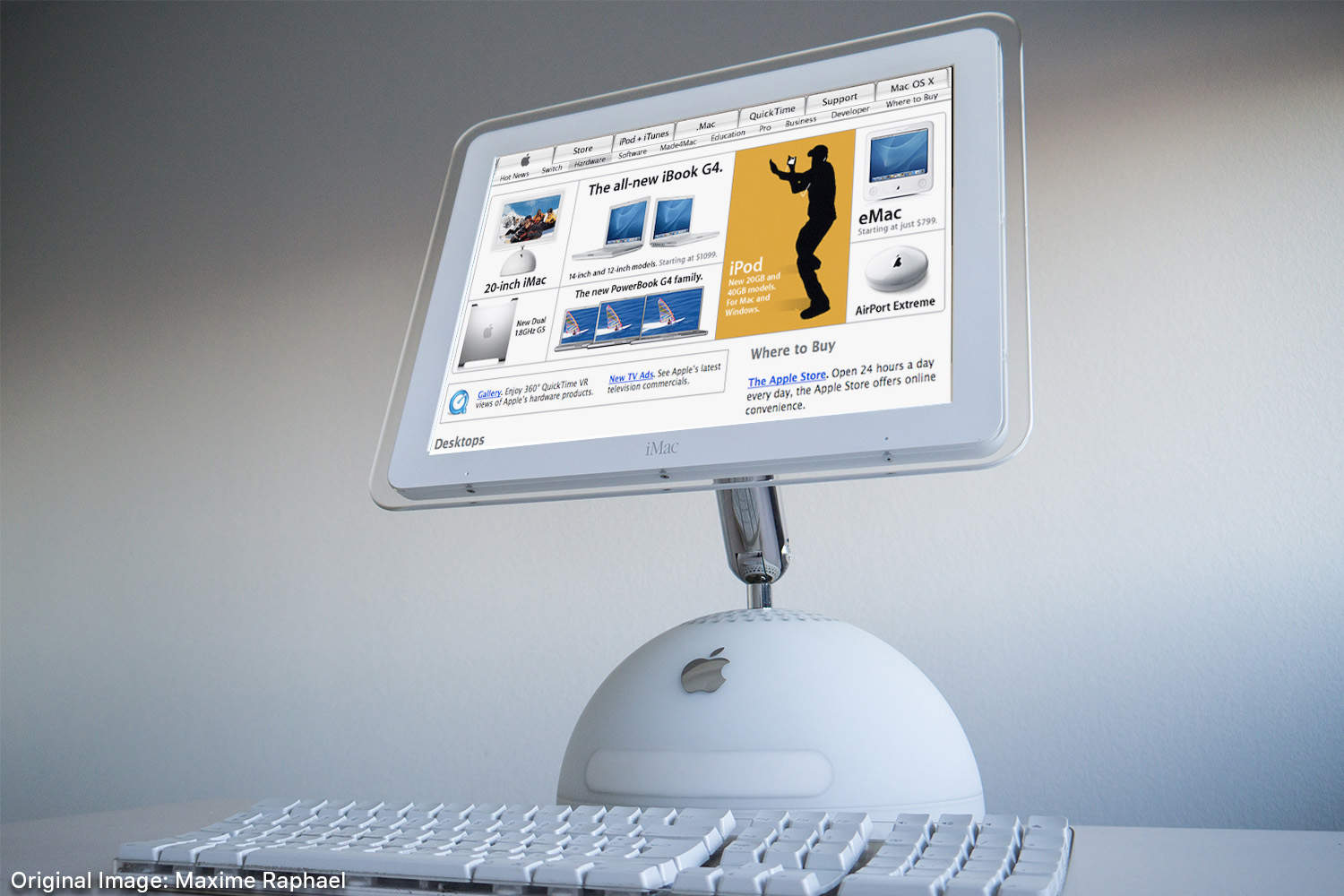
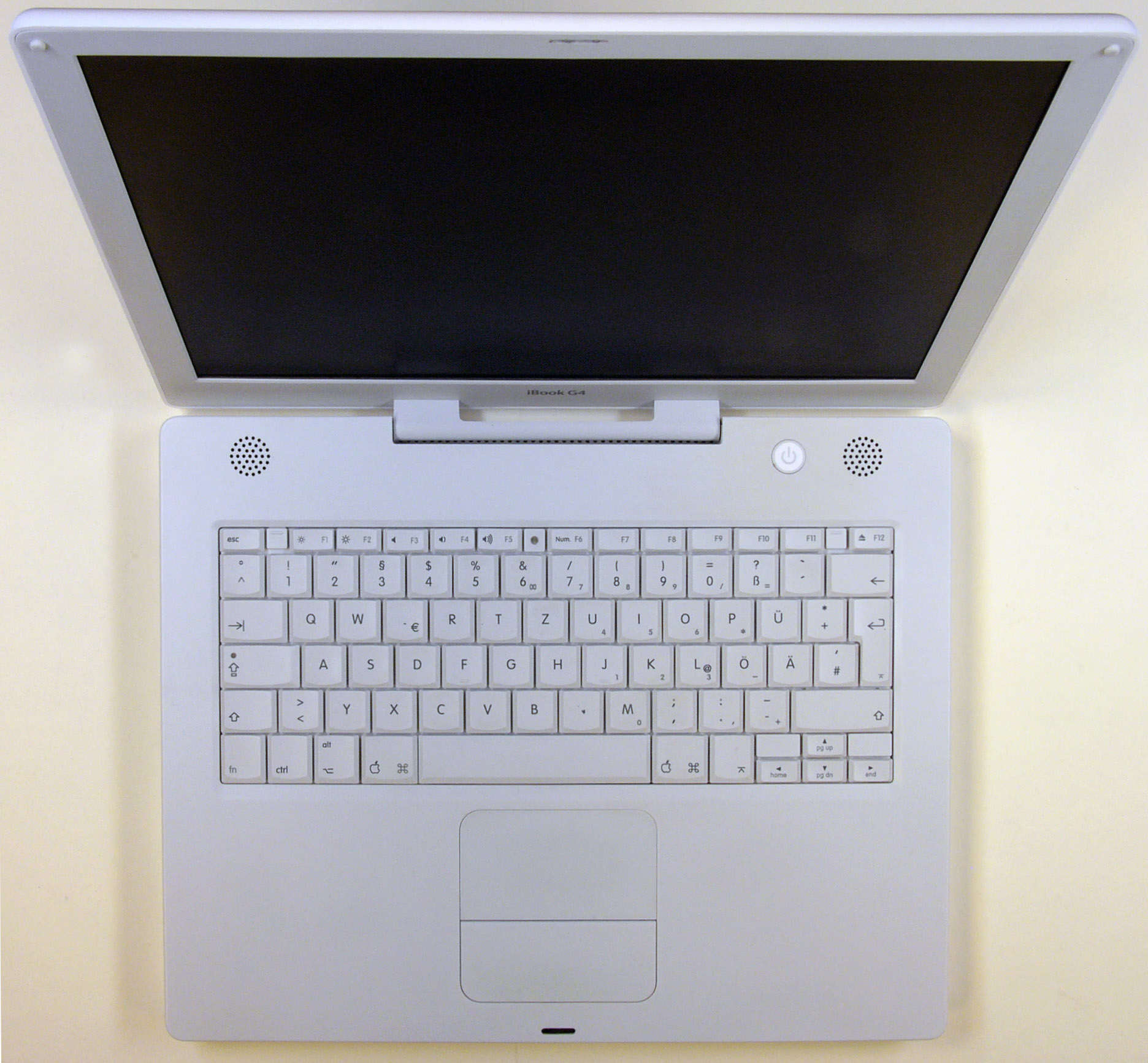
 July 26, 2005: Apple debuts the opaque white iBook G4, the last of its laptops to launch under the iBook name.
July 26, 2005: Apple debuts the opaque white iBook G4, the last of its laptops to launch under the iBook name.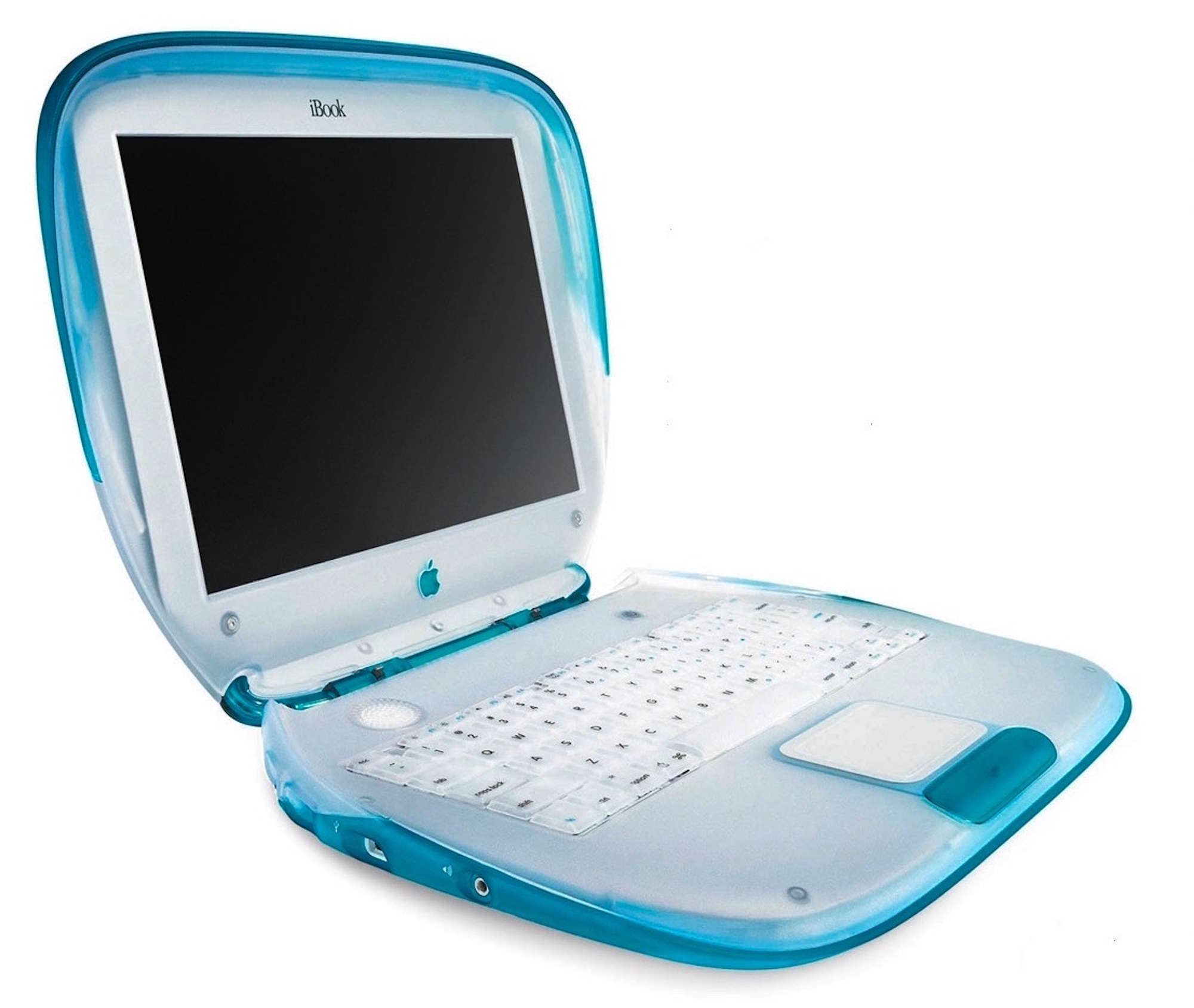
 July 21, 1999: The iBook, Apple’s colorful clamshell laptop that’s a hybrid of the iMac and the PowerBook, arrives and launches a Wi-Fi revolution.
July 21, 1999: The iBook, Apple’s colorful clamshell laptop that’s a hybrid of the iMac and the PowerBook, arrives and launches a Wi-Fi revolution.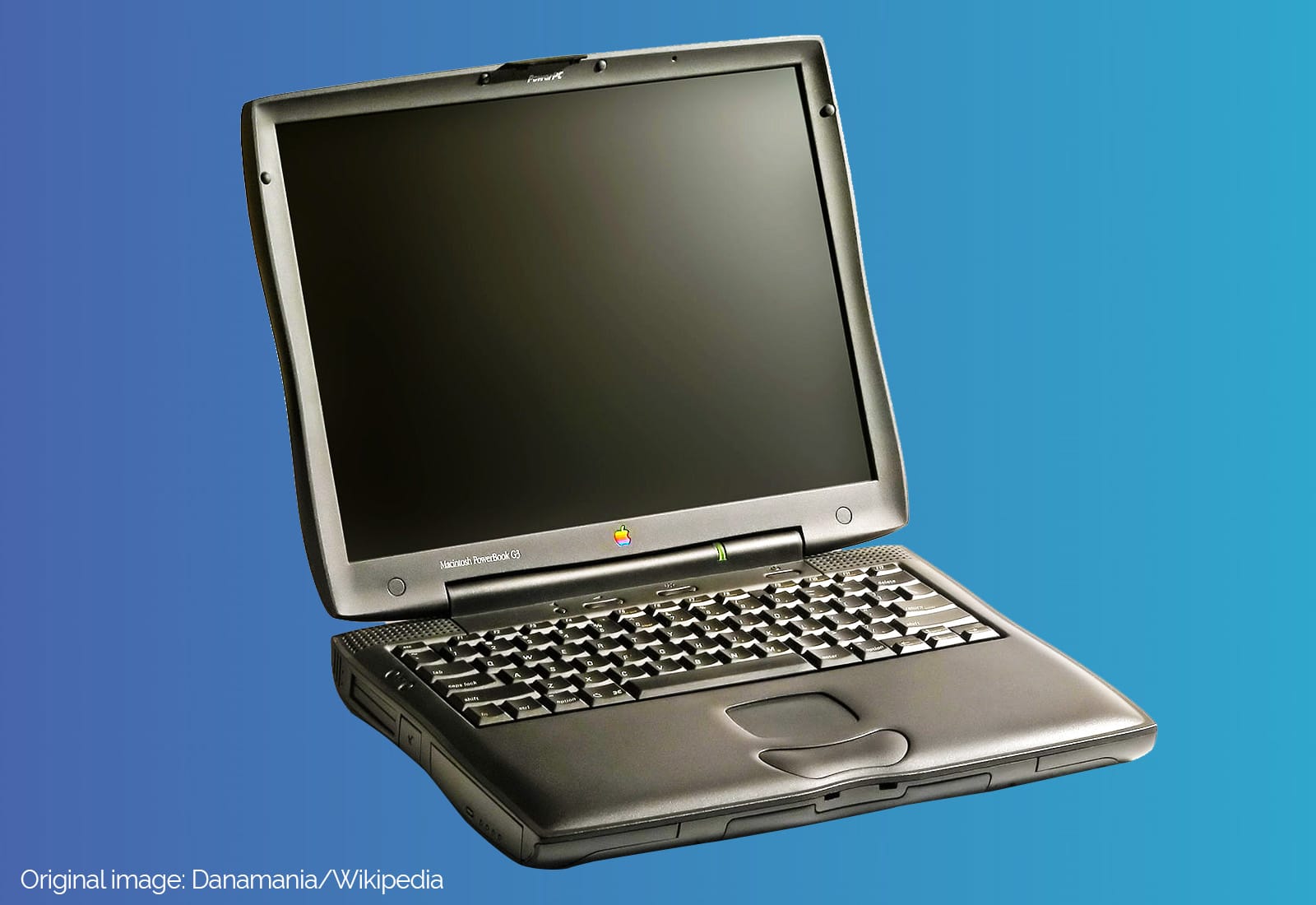
 May 10, 1999: The third-generation PowerBook G3 comes in 20% slimmer and 2 pounds lighter than its predecessor, but most people remember the laptop for its “bronze” keyboard.
May 10, 1999: The third-generation PowerBook G3 comes in 20% slimmer and 2 pounds lighter than its predecessor, but most people remember the laptop for its “bronze” keyboard.![Ancient iBook, The Cult of Mac hardcover, Lego cars — what’s not to like? [Setups] Spot the old iBook on the shelf to the right and The Cult of Mac hardcover under the display.](https://www.cultofmac.com/wp-content/uploads/2021/08/Setup-17parkc-Reddit-Aug-23-2021-resize-1-1536x1152.jpg)
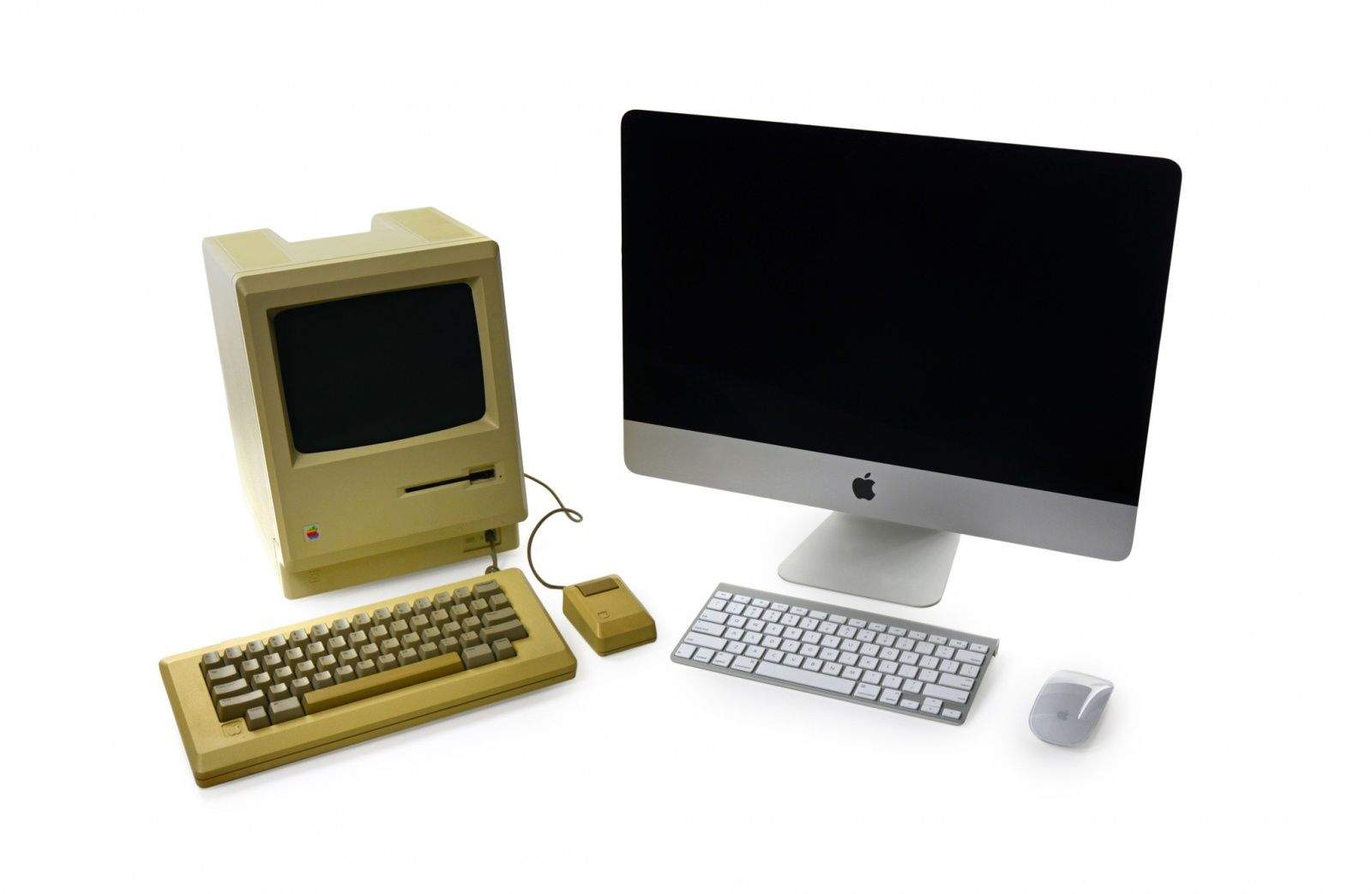
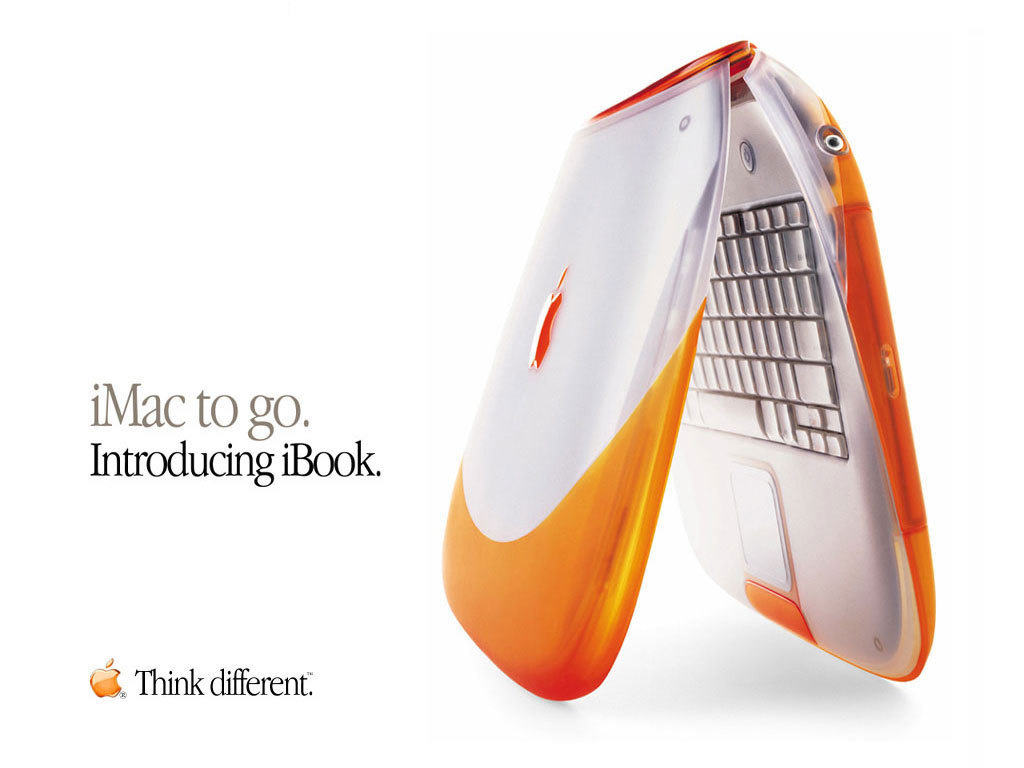
![The Kindle app puts an entire library in your hand [50 Essential iOS Apps #16] The Kindle app is the perfect platform for reading e-books on iPad or iPhone. It's one of Cult of Mac's 50 essential iOS apps.](https://www.cultofmac.com/wp-content/uploads/2018/05/Kindle-reading-ipad.jpg)

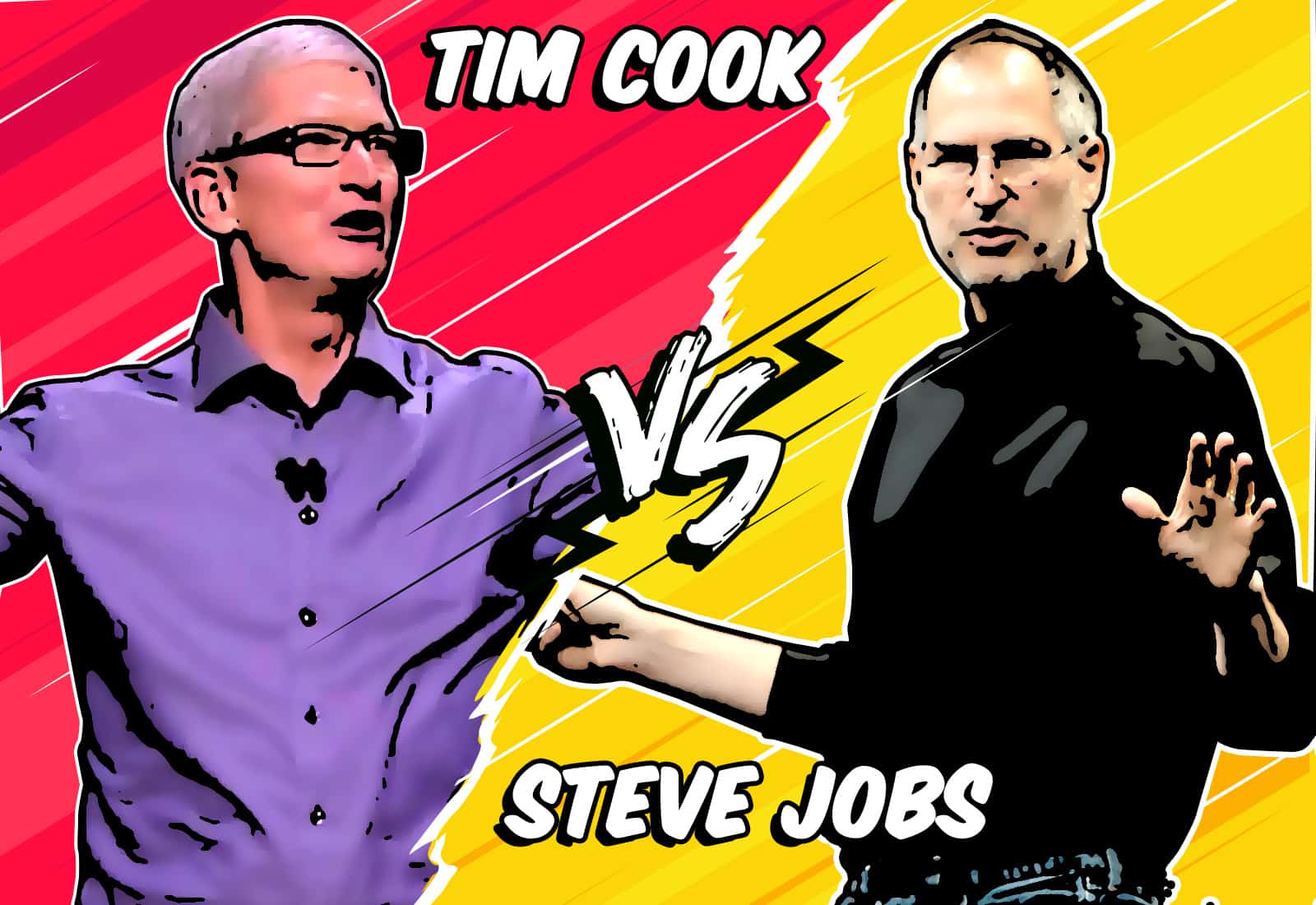
![Is it time for Apple to say goodbye to Jony Ive? [Friday Night Fights] friday_night_fights](https://www.cultofmac.com/wp-content/uploads/2017/05/friday_night_fights.jpg)
 Fans will pin most of the blame on chief design officer
Fans will pin most of the blame on chief design officer 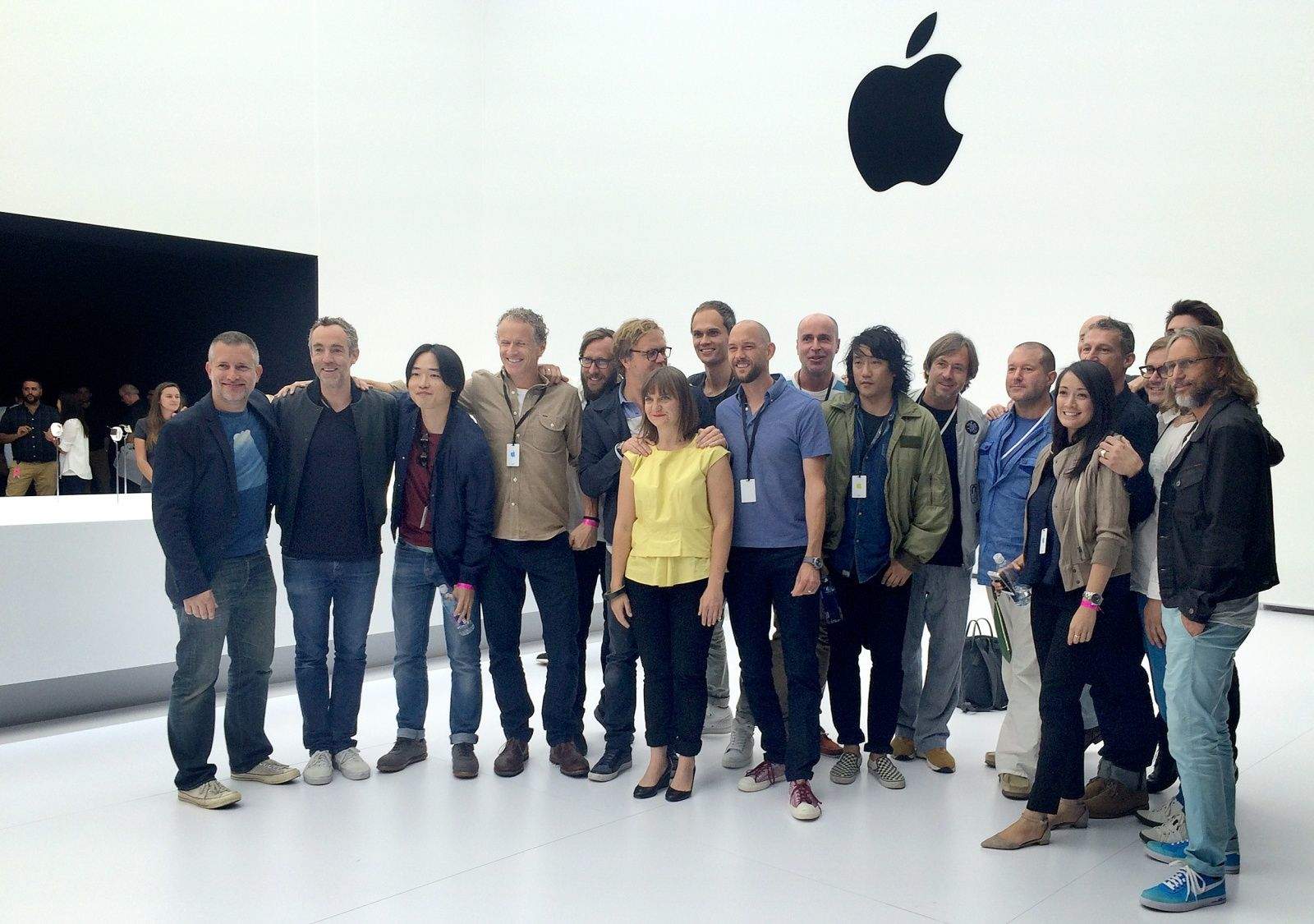


![Build Your Knowledge And Business With The Online Entrepreneur eBook Bundle [Deals] CoM - The Online Entrepreneur eBook Bundle](https://www.cultofmac.com/wp-content/uploads/2012/11/CoM-The-Online-Entrepreneur-eBook-Bundle.jpg)
